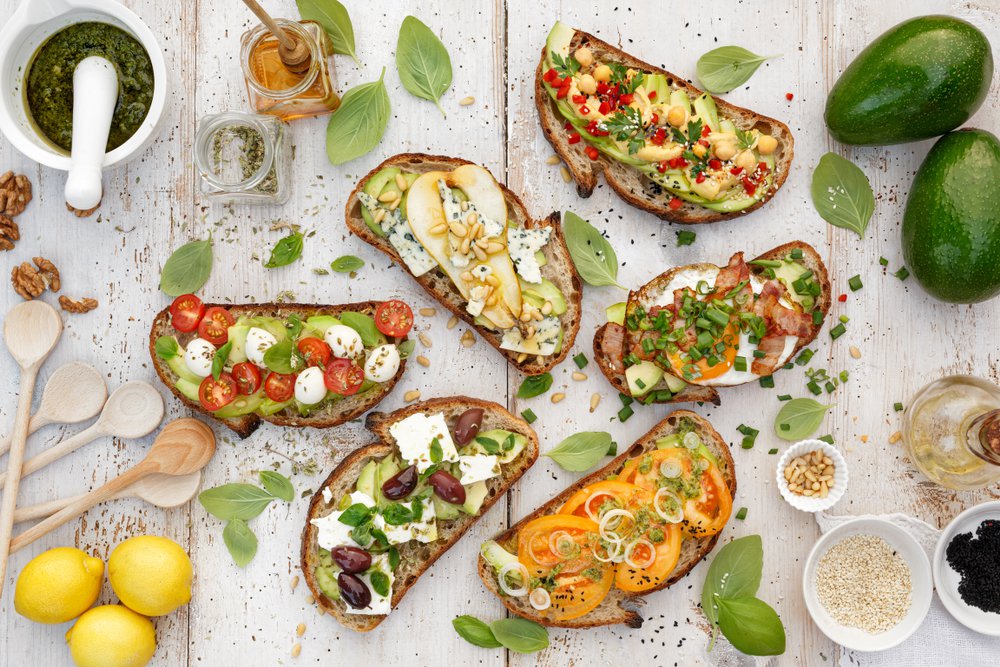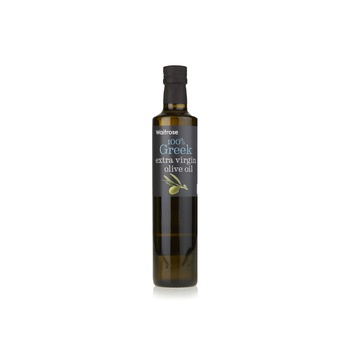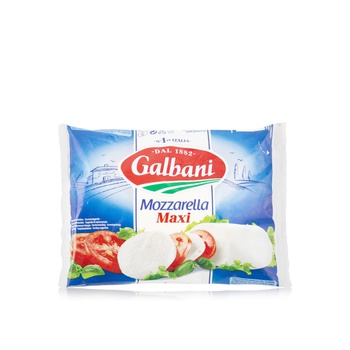In conversation with the brand that’s on a mission to make you love bread again
Contrary to what you see on social media, making a sourdough isn’t as easy as it looks. And perfecting it is even harder. It’s a process that involves science, skill, and a lot of patience. Dough is fermented with biological leavening instead of baker’s yeast to produce an airy yet chewy loaf with scored crusts and a unique sour flavour, thus the name sourdough.
For Rami Badawi the day begins at 7am. “Every morning I receive a video from my staff of all the bread that was baked and this is sort of my quality check when I am not there," explains the founder and managing partner of For The Love of Bread, Spinneys’ supplier of artisan sourdough bread. Inside the bakery, a schedule dictates what breads are being baked each day. The first task however is refreshing the mother starter - the heart of every sourdough. Made with flour, water, wild yeast, and lactic-acid producing bacteria, it helps to leaven the bread and develop its flavour. To keep the starter active, it needs to be fed with some more flour and water, a process that needs to be repeated at the same time every day in order to be able to make new starters for each loaf of bread. In addition to this science, there’s skill and precision involved when mixing, folding, and shaping the dough.
“We try to make our bread as beautiful as we can and as consistently as we can.”

But producing 100% organic sourdough is a two-fold challenge explains Rami: “The biggest challenge of operating a sourdough bakery is to have the consistency of results that you would get if you were not using natural fermentation. First, it’s very important to maintain a schedule with sourdough bread because it can be very unpredictable. It’s difficult because of the process itself. You have to use the starters at the right time, the water mixture temperature has to be correct, and unlike baking at home, when baking in a commercial environment, it’s quite difficult to manage large batches of dough.”
The use of stone milled French wheat, which is relatively low in gluten compared to other flours, sets the brand’s sourdough apart from other bakeries, but has its own complexities. “Stone milled flour is very sensitive to fermentation. You can’t leave it for additional time and not worry about it. It’s challenging to do a sourdough bread, but it’s really challenging to work with organic stone milled low protein flour.”
September marks the start of Sourdough Month - a campaign that encourages people to bake more or buy more sourdough, especially genuine sourdough. For a brand that labels its products as ‘100% sourdough’, Rami points out: “The most telling sign that something has gone through a sourdough fermentation and does not include yeast is the thickness of the crust. Sometimes you see a very thin, crackly crust, this is probably something that was fermented very quickly with a lot of yeast in it, whereas if you look at a sourdough bread, it has a very thick crust that has a lot of different textures in it. If you see a thin crust, chances are it’s not a sourdough, even if it’s marketed as such. Some sourdough breads have a sourdough starter but they also have yeast in them so it’s not a 100% sourdough bread.”
“Real bread to me is something that’s made with a minimum number of real ingredients and goes through a slow fermentation.”

The brand is also hoping to use this time to change people’s perception of bread. “Sourdough Month is a good opportunity for us to get people to try our bread, to get them to incorporate bread as a part of their diet and not feel guilty about it. People equate bread with being bad, being unhealthy, with weight gain, but from the beginning it’s been our objective and our tag line {to make people} ‘love bread again’. Don’t form your opinion of bread based on what you’ve been eating,” says Rami.
The brand will launch new breads, including a rye one, in the coming months, but for now the focus remains to help people to eat good bread every single day. “We want people to stop eating fast-proofing bread and change to quality bread that they can incorporate into their lives, their children’s lives and feel good about it.”
How to store sourdough bread
If you plan to use the bread within three to four days, store it at room temperature in an airtight container or plastic storage bag. For long-term storage, Rami suggests freezing the bread and not refrigerating it as the latter accelerates the staling process.
Why swap regular bread for sourdough
The fermentation process breaks down the gluten, therefore making sourdough more digestible than other loaves. Plus the lactic acid in it helps the body absorb more nutrients than it would from regular bread. Compared to other breads, sourdough also has a low glycemic index, which means it releases glucose slowly and steadily.
Ways to have sourdough
While sourdough slathered with butter or dipped in olive oil might be the quickest way to enjoy it in all its glory, your options aren’t limited to that. Build an open-faced sandwich with classic pairings like mozzarella with basil and tomato; boiled eggs with mayo and celery; or tuna with mustard and cheddar cheese. Create two-ingredient toasties when you have the sourdough country sandwich loaf on hand. Try fillings like peanut butter and jelly, ricotta and honey, or cucumber and cream cheese.






